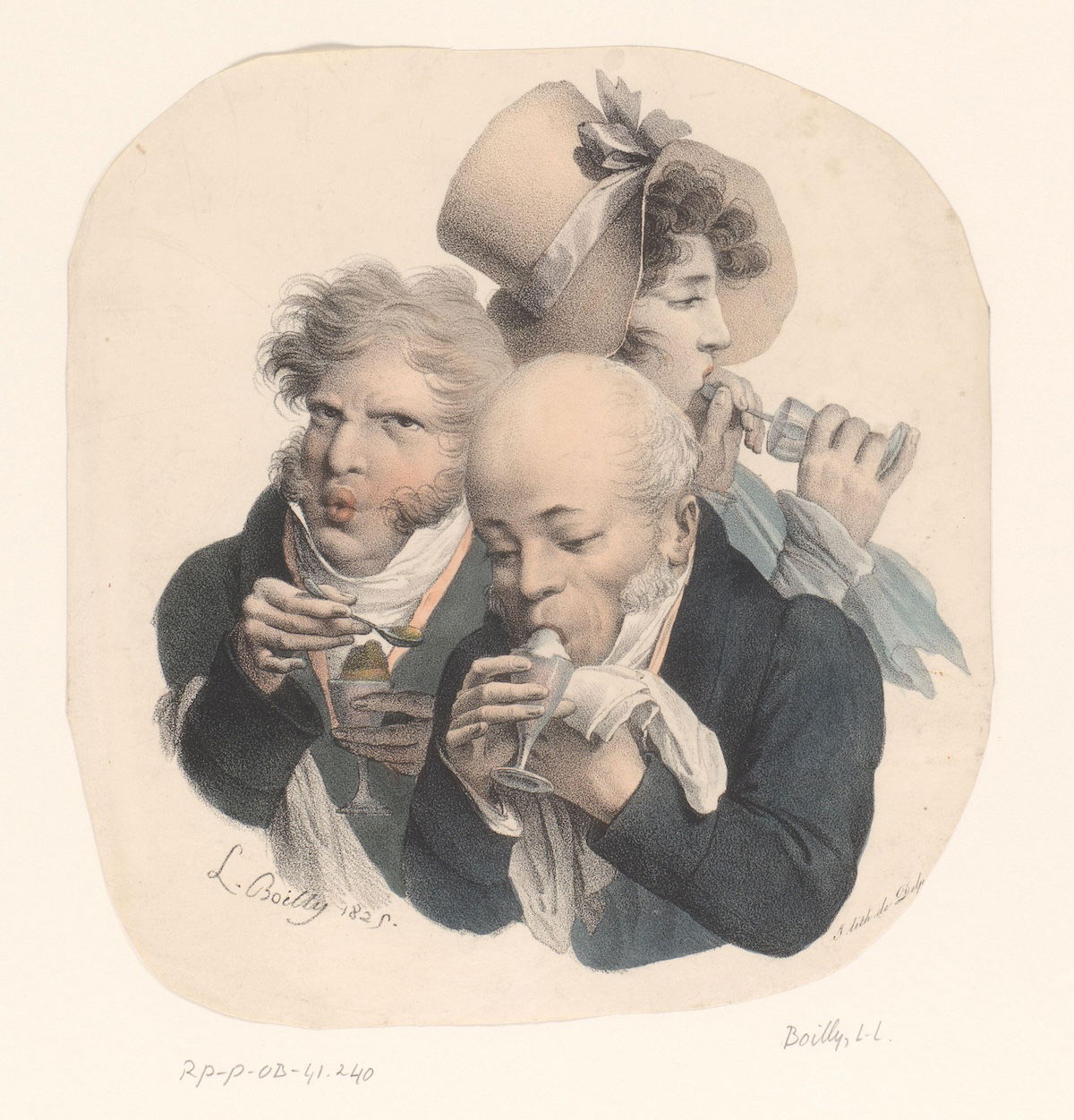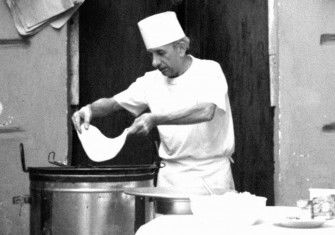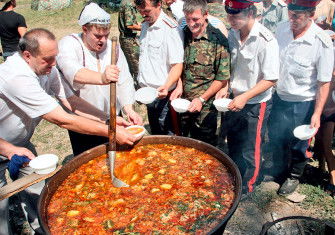We All Scream for the History of Ice Cream
Sweets made of ice or snow have been with us for millennia, evolving slowly into the modern ice cream.

Who doesn’t like ice cream? According to the International Dairy Foods Association, 3.7 million tons of it are consumed in the US each year alone – an average of 23lbs per person. But, while we are only too eager to guzzle it down, we seldom pause to consider how our favourite frozen dessert came into being.







